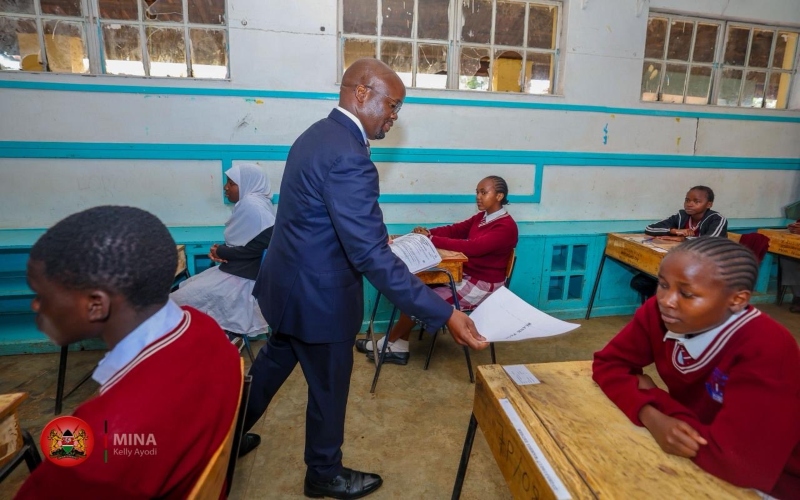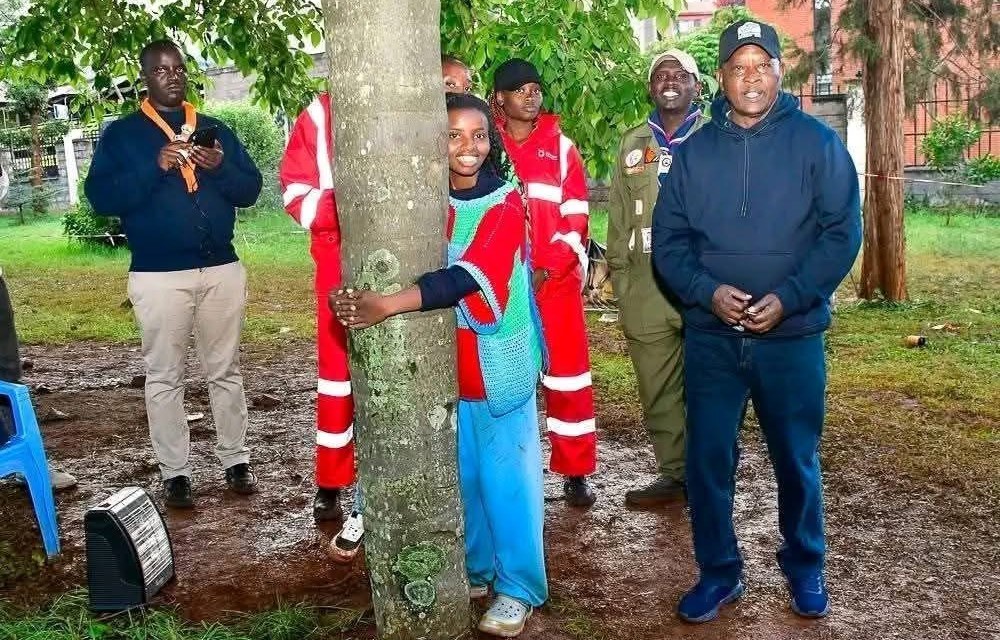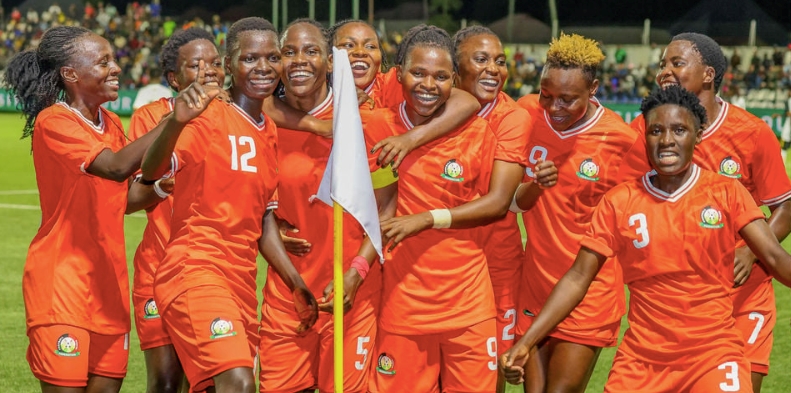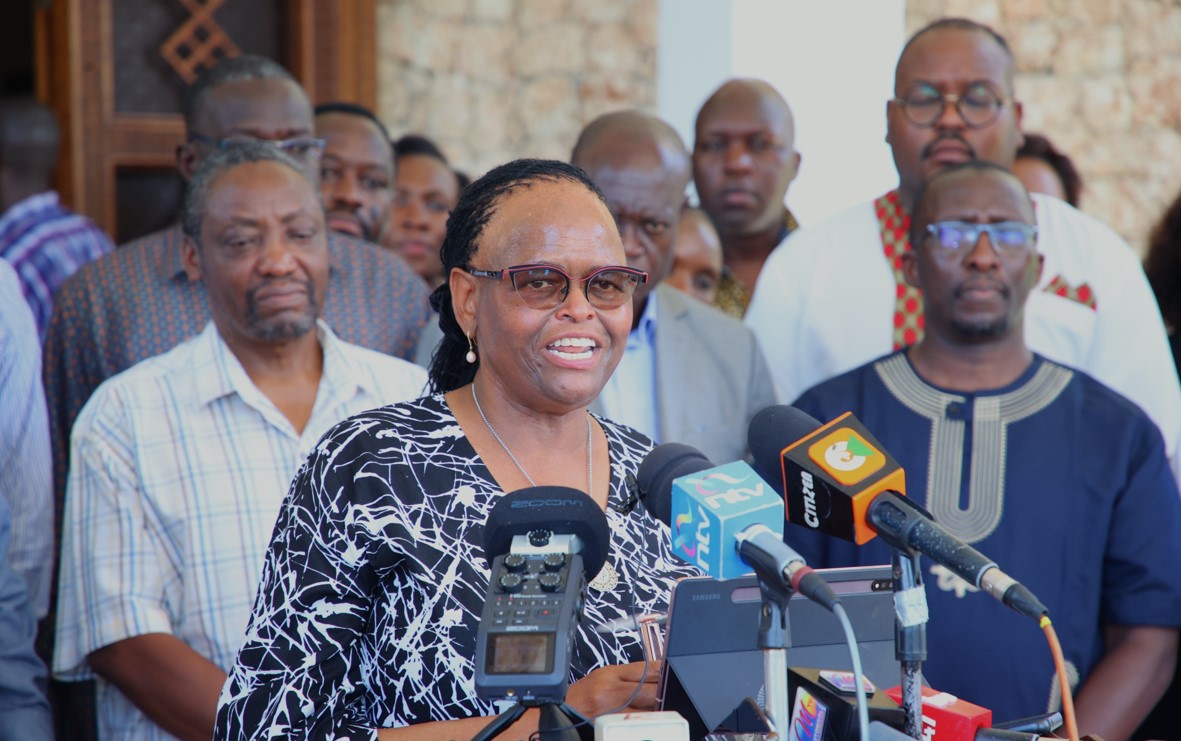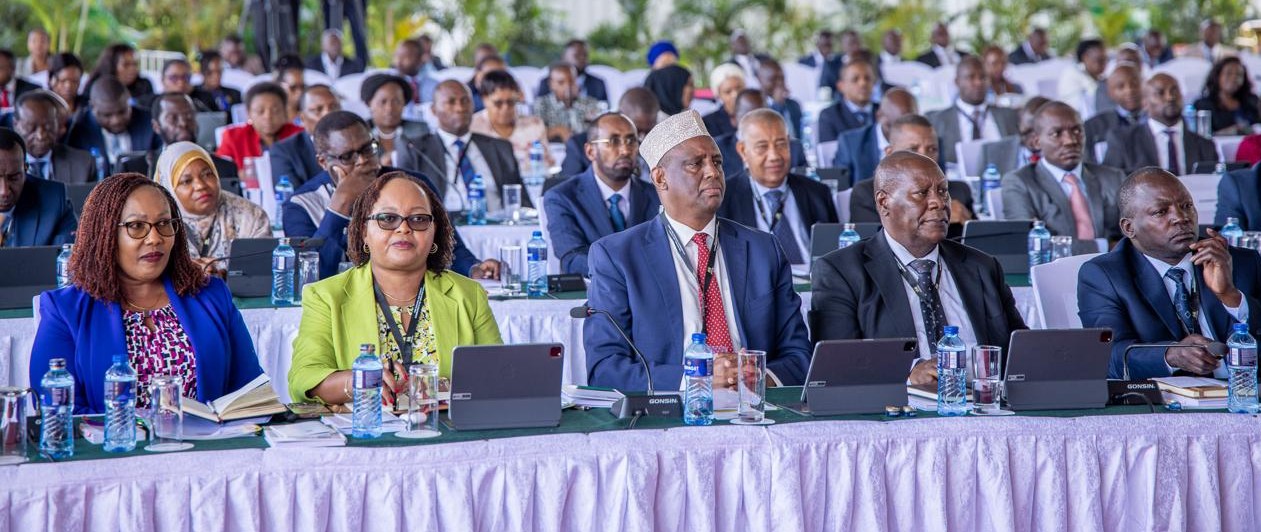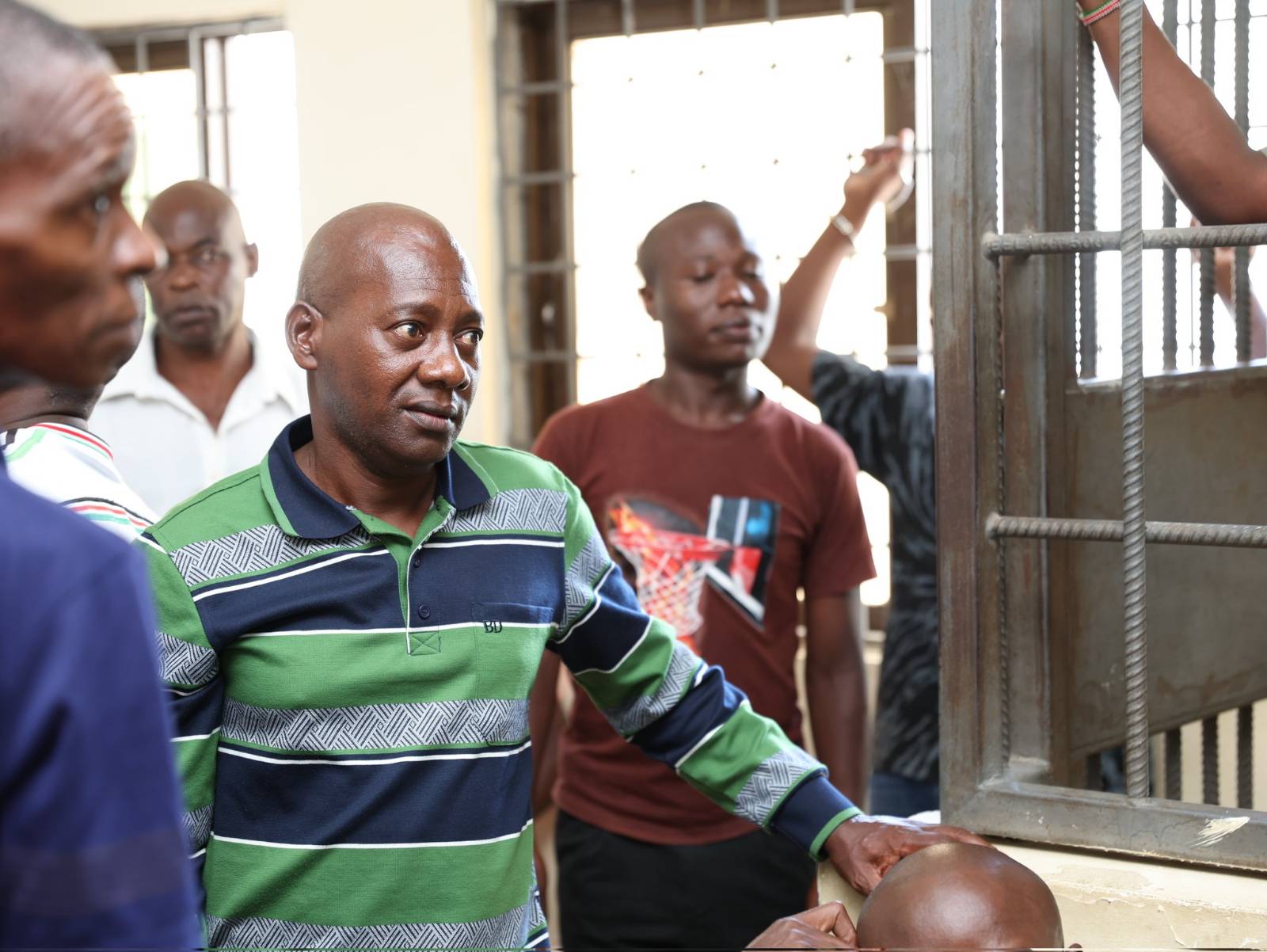Private schools in urban areas struggle to keep sports alive amid land crunch
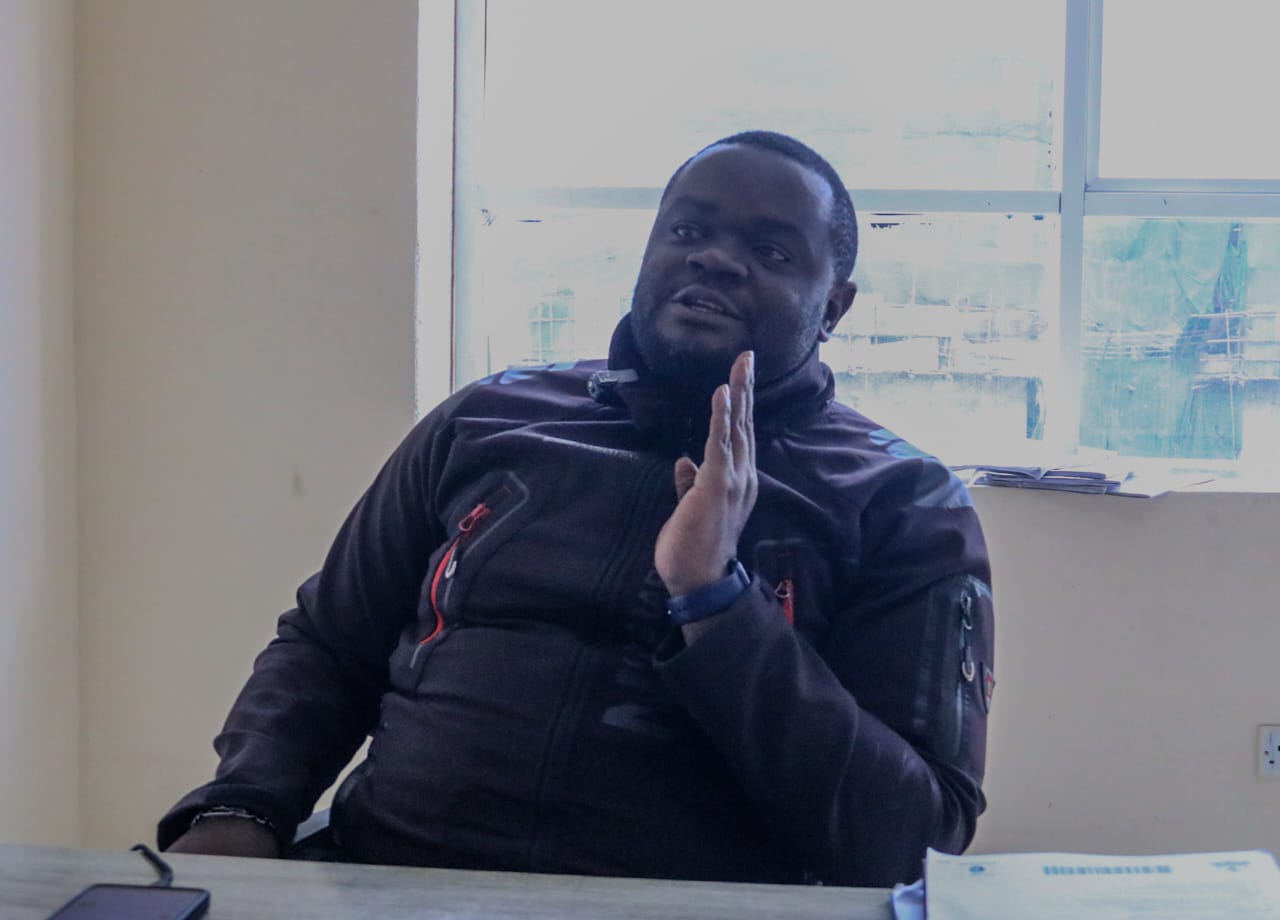
With playgrounds disappearing in Nairobi’s crowded estates, private schools are struggling to meet CBC’s physical education requirements. In areas like Eastleigh and California, sport is no longer a given, it’s something schools must fight to provide.
In Nairobi’s crowded estates, where high-rise flats and private schools compete for limited space, sport is increasingly becoming a luxury. Nowhere is this struggle more visible than in neighbourhoods like Eastleigh and California, where many private schools operate without playgrounds - renting fields just to meet the demands of Kenya’s Competency-Based Curriculum (CBC).
At California International School, tucked within California Estate, the space constraints are real but so is the effort to adapt.
More To Read
- Childhood on Edge: How shrinking play spaces put Kenyan children in danger on the roads
- 1.13 million Kenyan children out of school amid deepening inequalities – report
- Education Ministry warns schools forcing pupils to report before 8 am face disciplinary action
- KUPPET demands release of capitation funds amid cash crunch in schools
- Court declares State takeover of Gatoto School in Mukuru kwa Reuben unconstitutional
- 2.6 million children at risk as school feeding budget slashed by Sh2 billion
“It’s a bit of a disservice to the children,” says Billy Barak, the school’s Deputy Principal and head of sports. “Sports are supposed to be part of their cognitive development. A child might not be good in class, but they are good at sports. They’re able to recharge and develop their value system through sport.”
Under the CBC, physical education is a core part of learning, aimed at nurturing well-rounded individuals. But for private schools without access to playing fields, delivering this component means juggling time, money, and logistics challenges that public schools rarely face.
“For an institution like ours, we’re a bit safe because we hire,” Barak explains. “There’s a playground we pay to access once a week. That gives us three hours to cover three physical education periods.”
While that may sound workable, Barak is quick to highlight its fragility.
“What about schools that don’t have the resources or management support like we do?” he asks. “They improvise. Maybe use classrooms or walkways for physical activity. That affects not just talent development but also a child’s ability to express themselves.”
Parents are also feeling the squeeze. One mother whose daughter attends California International told The Eastleigh Voice that paying for access to hired grounds is more about necessity than satisfaction.
“We pay for the hired grounds not because we’re satisfied, but because there’s no other option,” she said. “Every parent wants quality education for their children. However, here in California, which is a Muslim-based school, our girls often complain. They don’t get to play. It’s only the boys who are allowed, and even for them, the playing time is not adequate.”
The gender imbalance adds another layer of complexity. In many conservative communities, cultural norms already limit girls' access to physical activity. When space becomes a constraint too, the opportunities shrink even further.
Barak believes the solution lies in structured support from government and county leadership. He envisions a shared model where urban schools can access public sports centres at subsidised rates.
“Just develop a mini-stadium or proper playground,” he says. “We have arable land around. Fence it, manage it, and let private schools access it for a small fee. This would relieve the pressure schools face and provide consistency in physical education.”
Even hired playgrounds are not always reliable. “Sometimes you get kicked out,” Barak adds. “Maybe it’s the owner’s sports day. You lose a whole week just like that.”
While no specific cases of lost talent have been recorded at California International, Barak attributes this to the community’s proactive approach.
“In this community, parents are intentional. The Muslim community here frees up Thursdays and Fridays for the children, so they find time elsewhere. But that’s a community effort, not a school system,” he says.
That distinction is key. Relying on goodwill, private hiring, or parental initiative is not a sustainable model for delivering a national curriculum. In schools where such support systems don’t exist, talented students may never get the chance to shine, simply because there’s no space to train.
To understand the broader consequences of limited physical activity, The Eastleigh Voice spoke to Betty, a physiotherapist at Prime Physiotherapy and Rehabilitation Centre. She offered a sobering medical perspective.
“Limited physical activity affects cardiovascular fitness, reduces strength, and delays motor skills development,” she said. “Exercise also plays a major role in mood regulation and can help manage depression, which is increasingly common. It builds confidence, especially for students with low self-esteem, and it improves memory, concentration, and helps prevent conditions like obesity. It plays a major part in discovering different talents.”
She emphasised that adolescence is a critical period for structured physical activity — with benefits that go far beyond fitness. It touches mental health, emotional resilience, and even academic performance.
Back at California International School, the weekly hired slot continues. For now, it keeps the CBC dream alive. But the broader reality remains: in Nairobi’s crowded estates, access to play comes at a cost.
Top Stories Today
